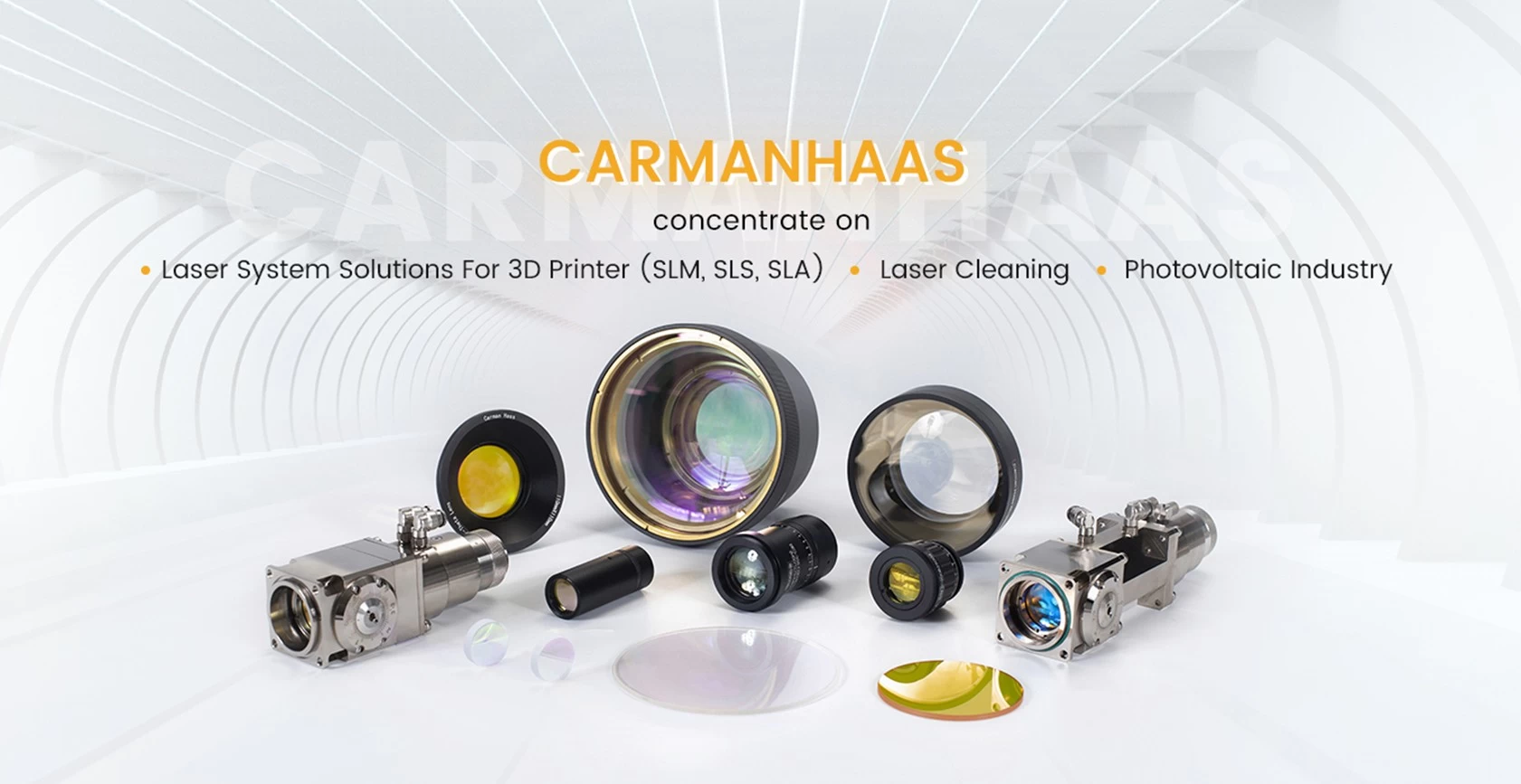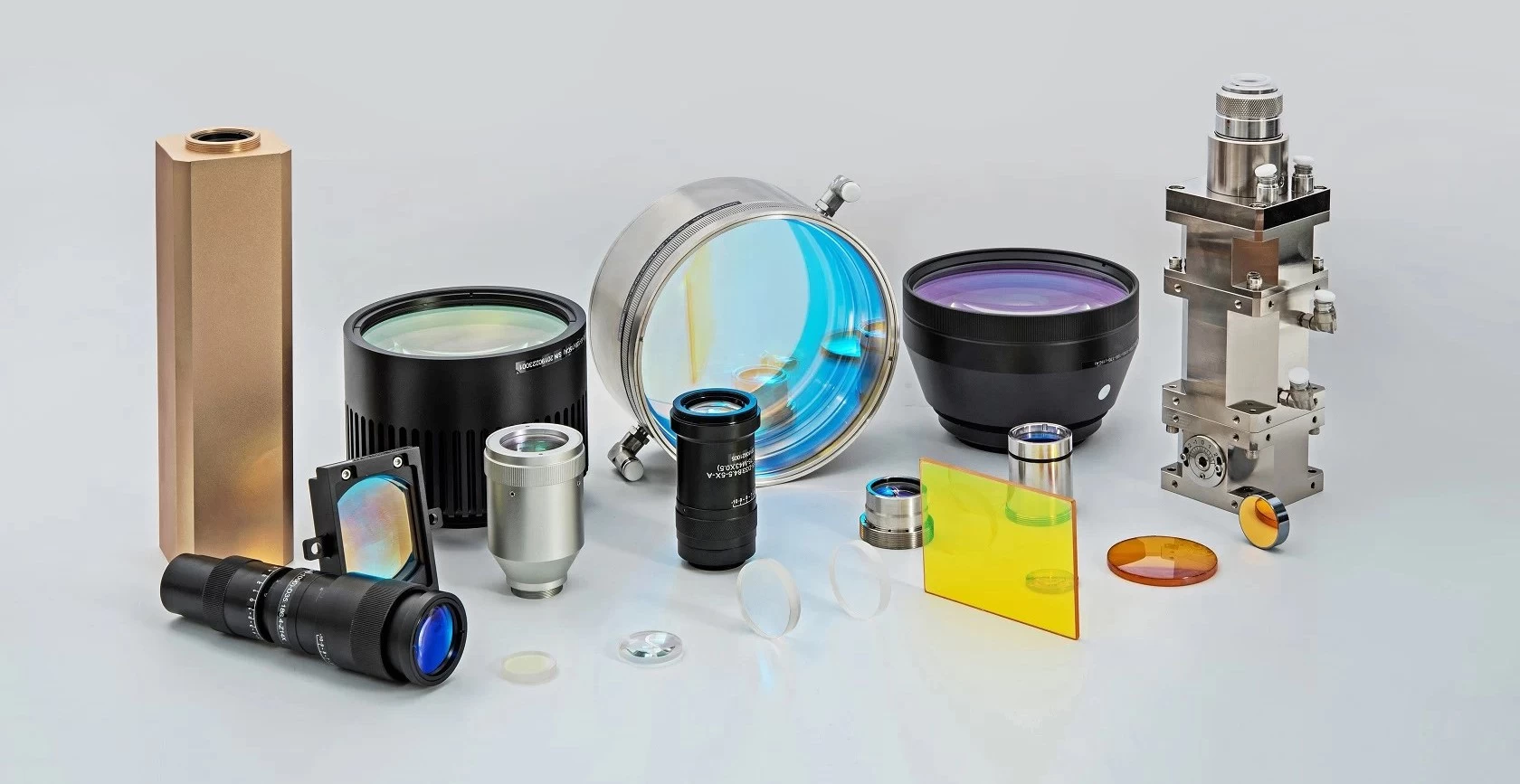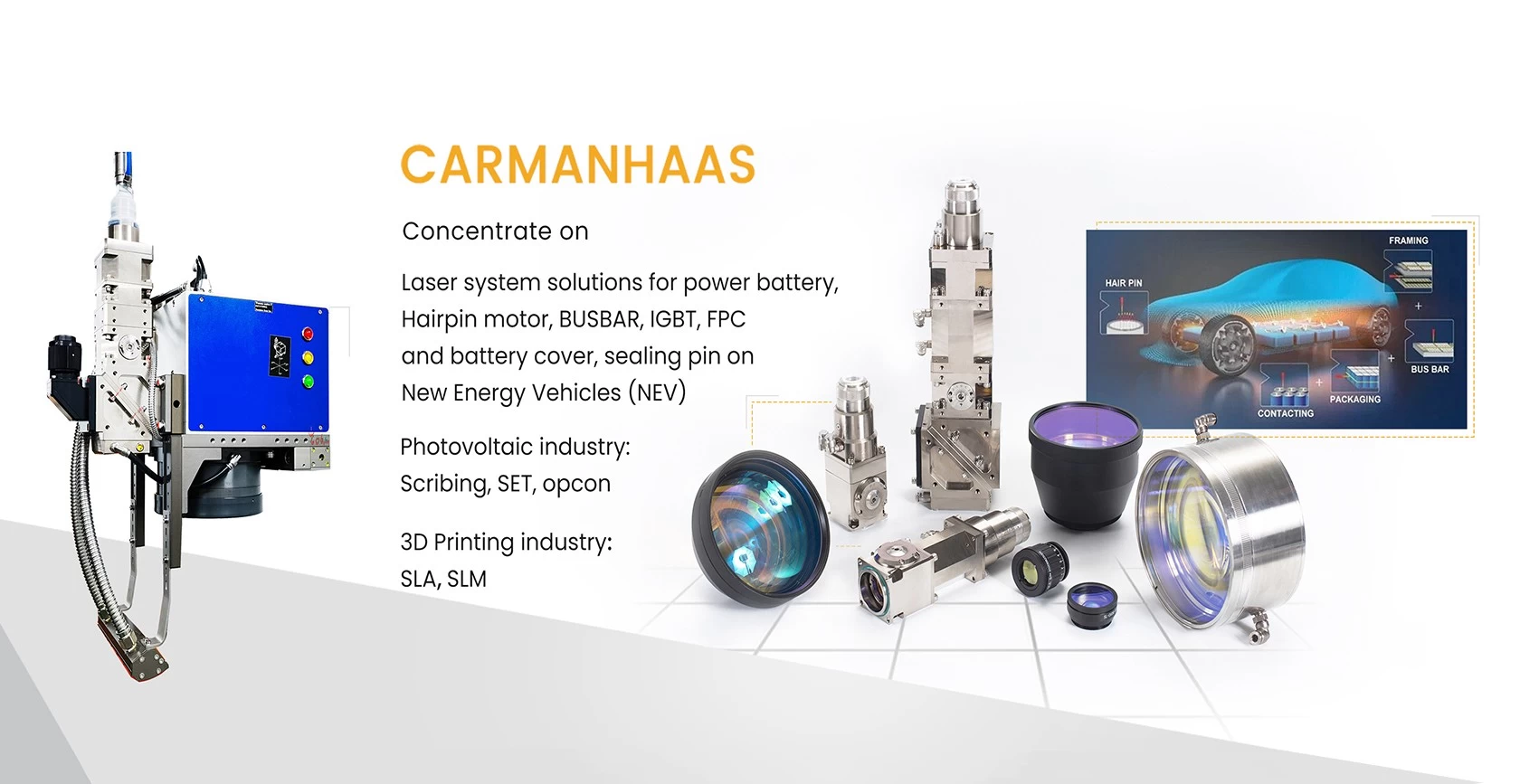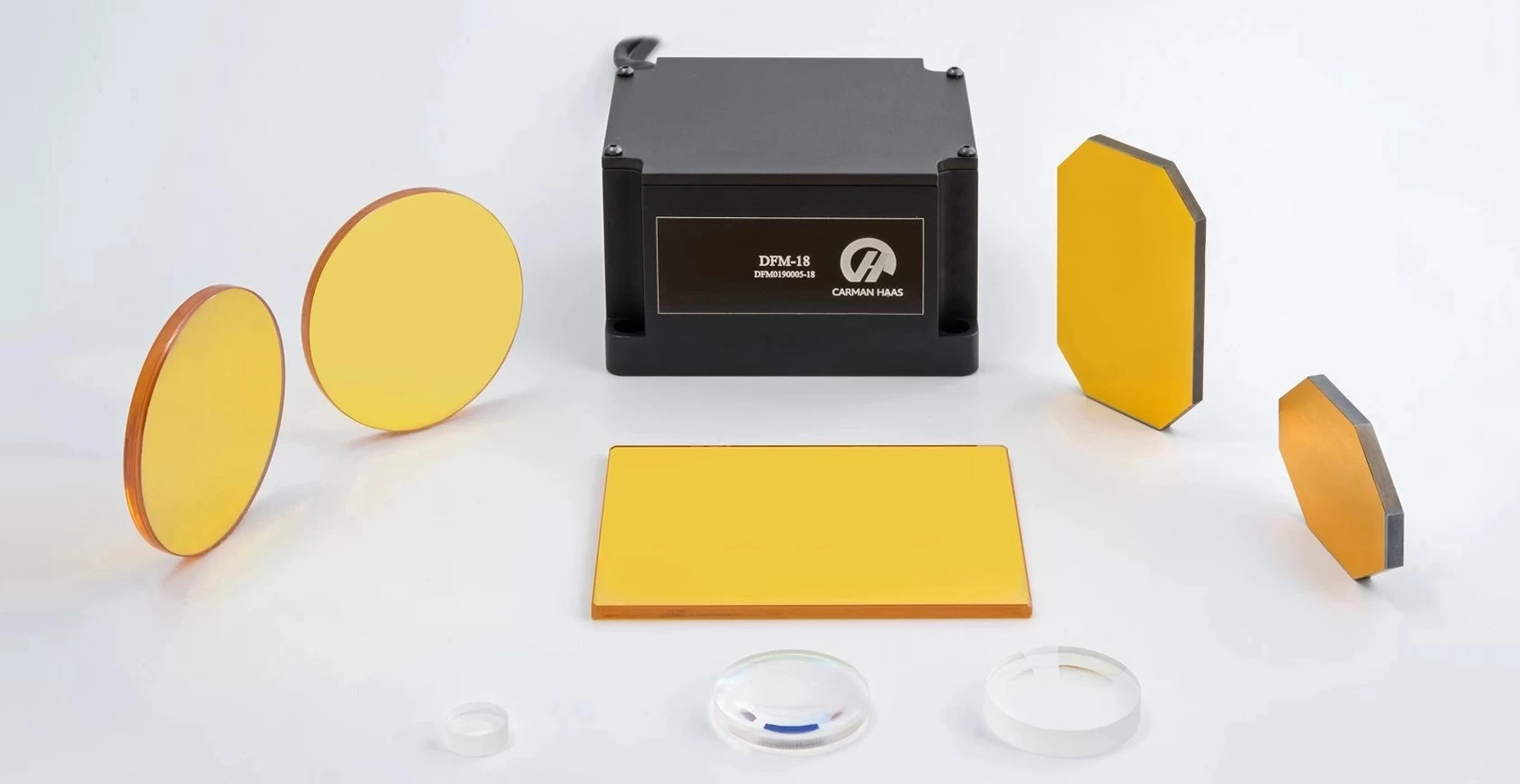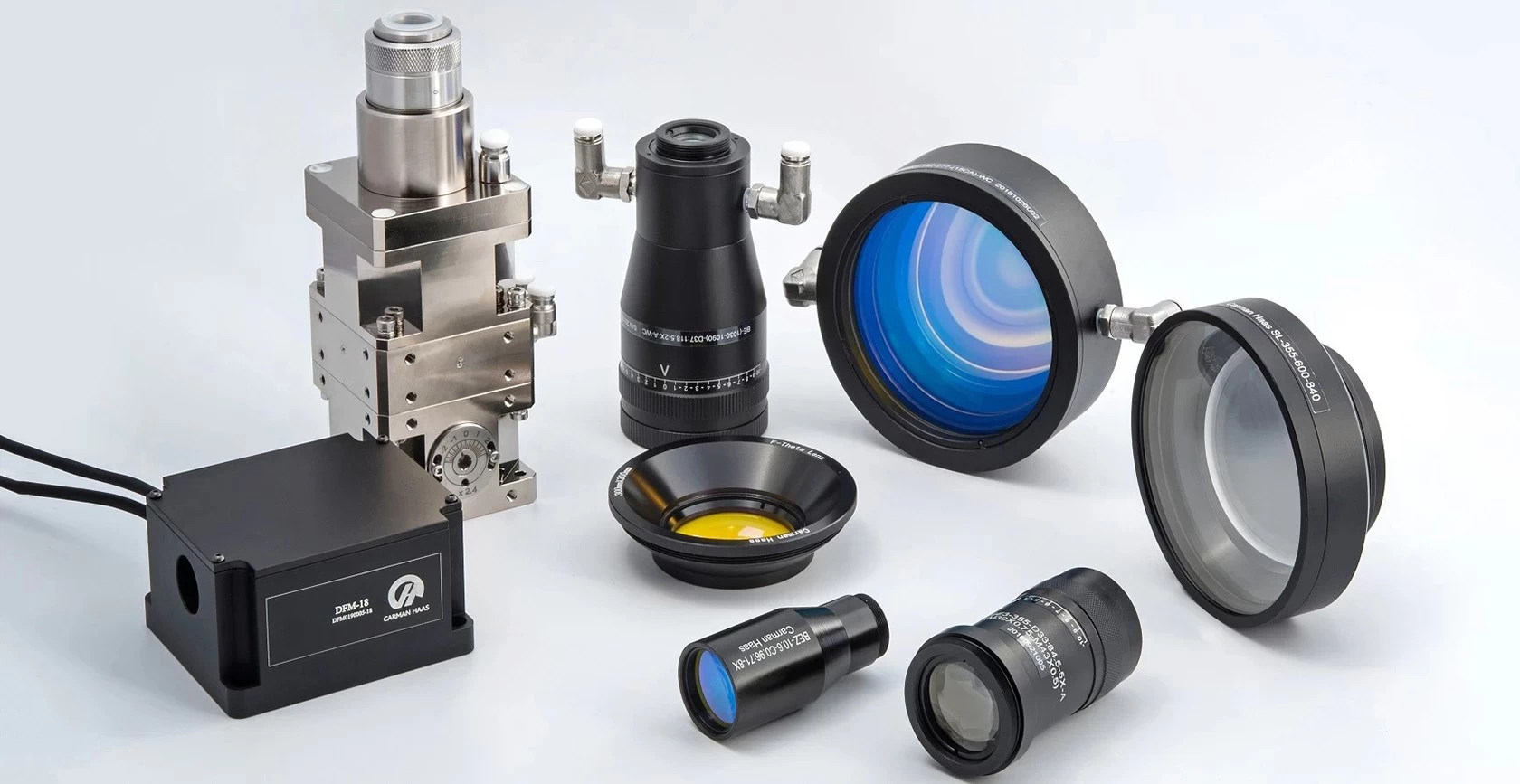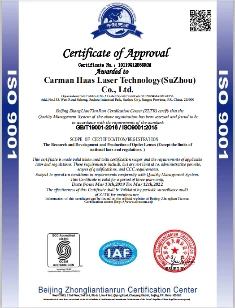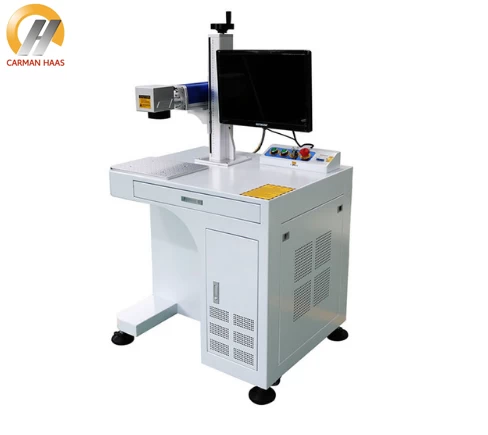What are the types of focusing lens? What should I pay attention to when buying a focusing lens?
Definition of focusing lens: a device that gathers light.
The focusing lens is divided into: plano-convex focusing lens, double-convex focusing lens, concave-convex focusing lens (also called meniscus focusing lens), far-field super-diffraction focusing lens, compound focusing lens (combined focusing lens), reflective focusing lens, F- THETA lens (field lens), telecentric field lens, etc.
Focusing mirrors are divided into reflective and transmissive focusing mirrors according to the way of focusing.
Several parameters of the focusing lens: diameter, center thickness, edge thickness, material, coating, focal length (effective focal length), back focal length, aperture, type of focusing lens, etc.

Points to note when buying a focusing lens:
First: You need to figure out how much the diameter is. Generally, the energy will come out when the diameter is stuck with a vernier caliper. It is not recommended to use an ordinary ruler or measuring tape as it is not accurate.
Second: the focal length must be accurate. What is the focal length of the general lens? But there are some situations where the focal length is not known, how to deal with it? Of course the most reliable way is to ask the supplier of the lens, whoever sold it to you. The second method is the sunlight focusing method: hold the lens under the sun to focus, and then measure the distance from the focal point to the lens. This method is for rough reference only, because this measurement is extremely imprecise.
Third: center thickness. Generally, for professional optical lens engineers, we generally say that the thickness of the lens refers to the center thickness. Because once the material and focal length are determined, and the center thickness is determined, then the side thickness is fixed. The edge thickness is not easy to measure with a caliper, and the center thickness is easy to measure, so it is the most accurate to use the center thickness to measure the thickness of the lens.
Fourth: Material. Is it K9 material or quartz material, zinc selenide material, or gallium arsenide material. Generally, the material used for near-infrared and mid-infrared lasers is K9 or quartz. Zinc selenide and gallium arsenide are generally used for far-infrared lasers, such as 9.3um, 9.6um, 10.2um, and 10.6um.

Fifth: Coating. The lens is generally coated with a film. For transmissive focusing mirrors, the surface is generally coated with anti-reflection coating (for example, the lens of the optical fiber focusing mirror is coated with 1064nm anti-reflection coating, and the CO2 focusing mirror is coated with 10.6um anti-reflection coating). For reflective focusing mirrors, the surface is generally coated with a reflective film. The color of the lens differs depending on the coating material.
Sixth: Find out what type of focusing lens is needed. Is it monolithic or composite, or field lens and telecentric lens. At this time, it is generally necessary for the buyer to provide us with a picture of the actual product, and we will tell you what type it is based on your picture.
In short, buying lenses is a more professional thing. Customers need to provide as much information as possible so that the seller can know what products you need. If you don’t give enough relevant parameters, you can’t sell lenses to customers casually. Generally, the sold lenses cannot be returned (because after the lens is installed once, the film on the edge will be damaged a little, and professional personnel can see that this lens is If it becomes a second-hand lens, it depreciates.)



